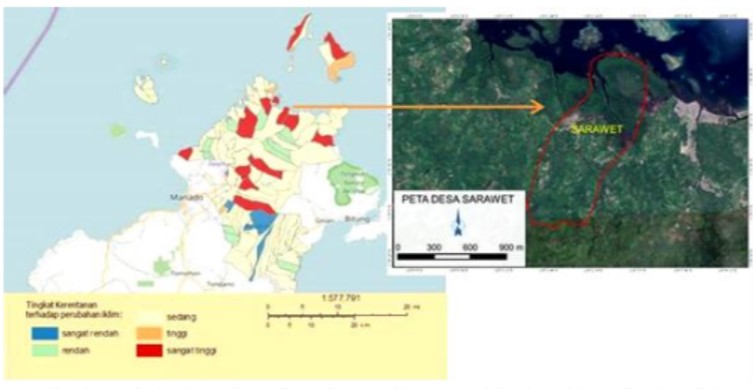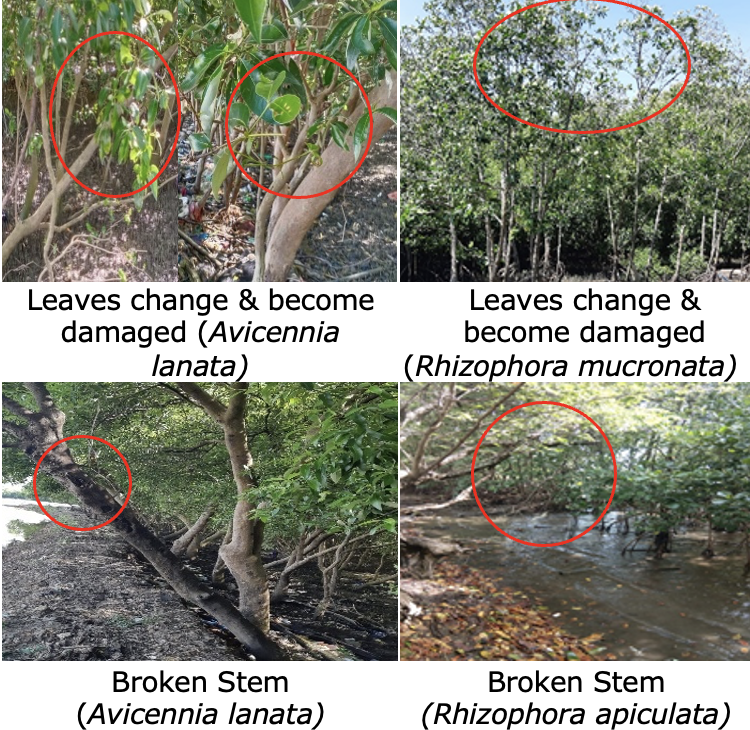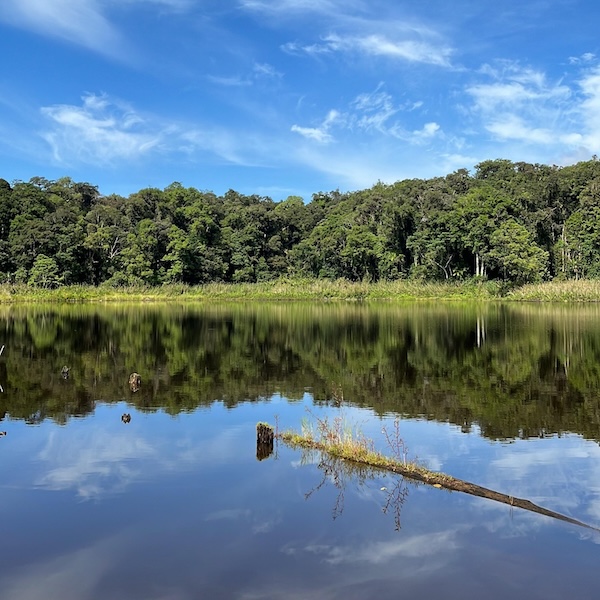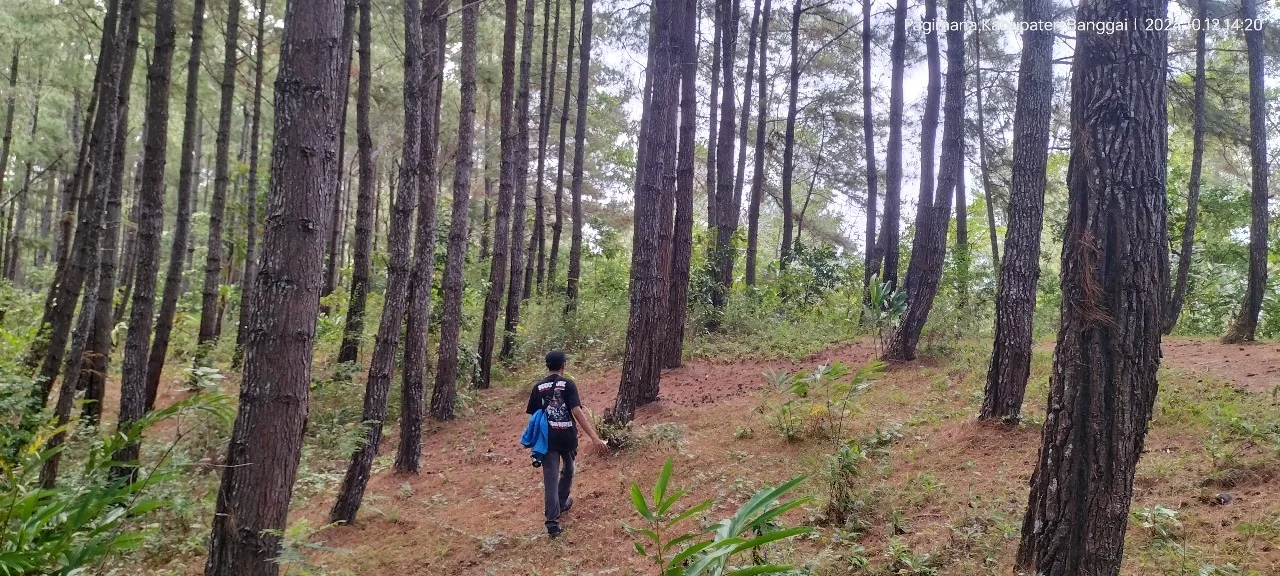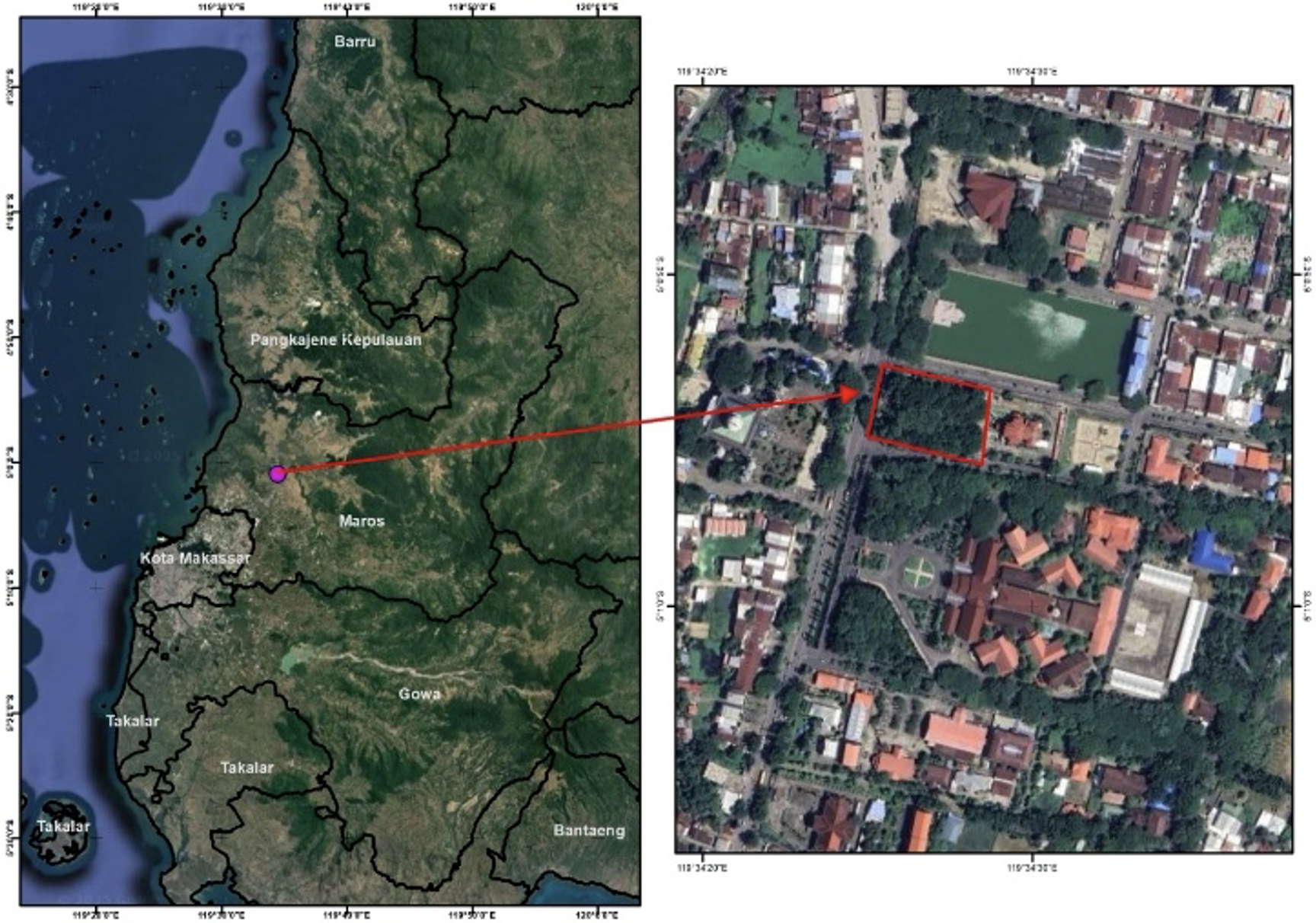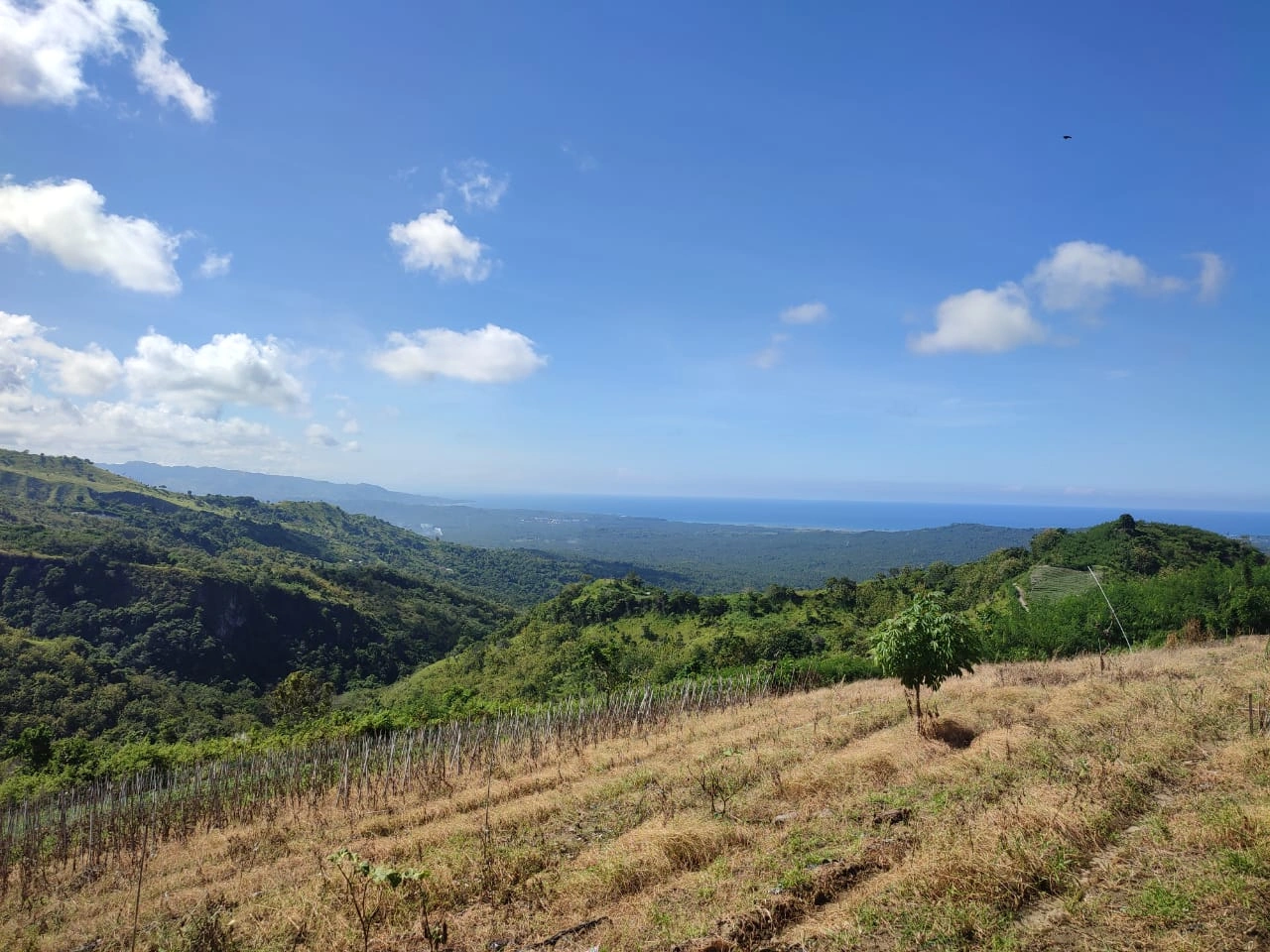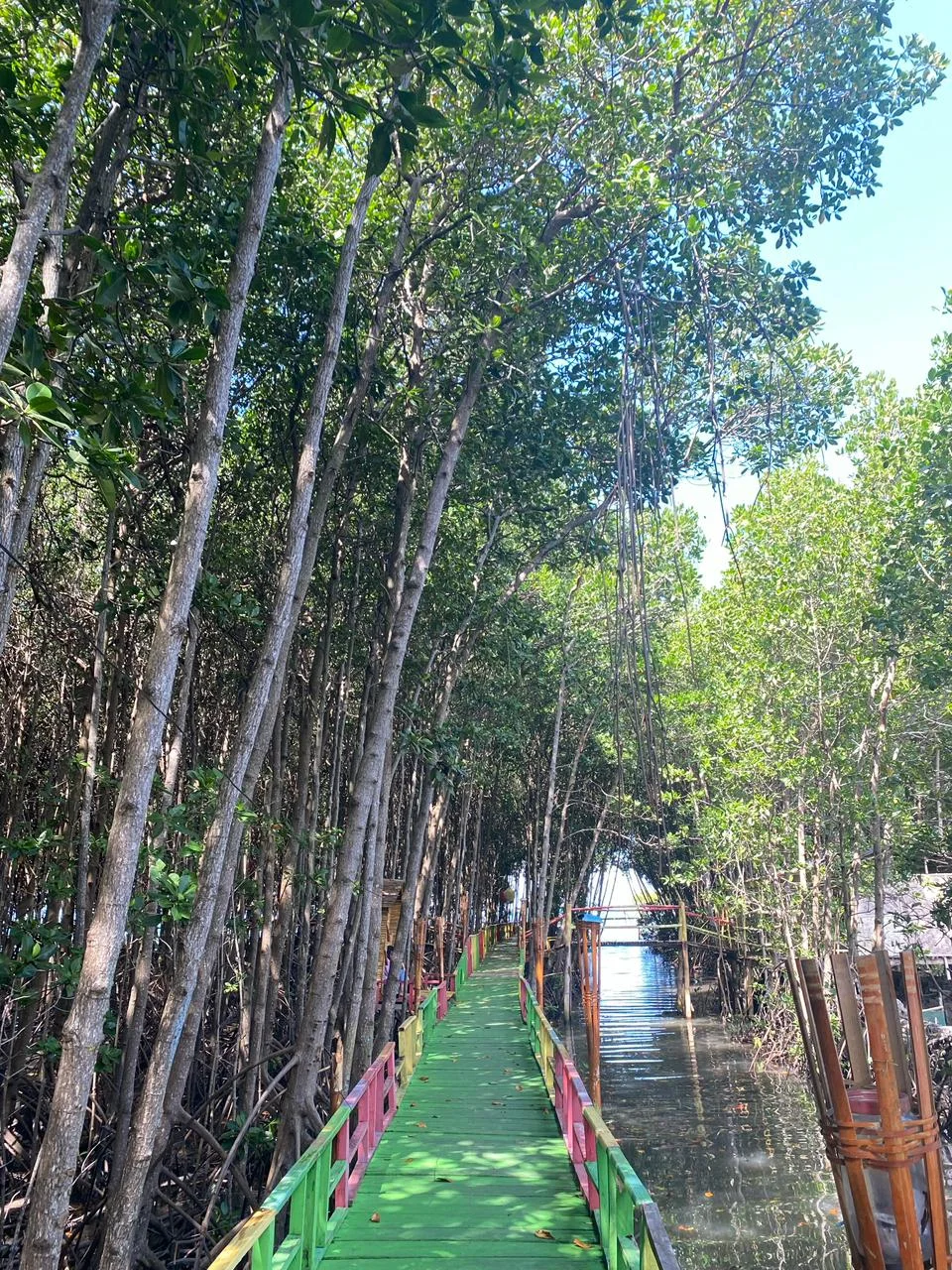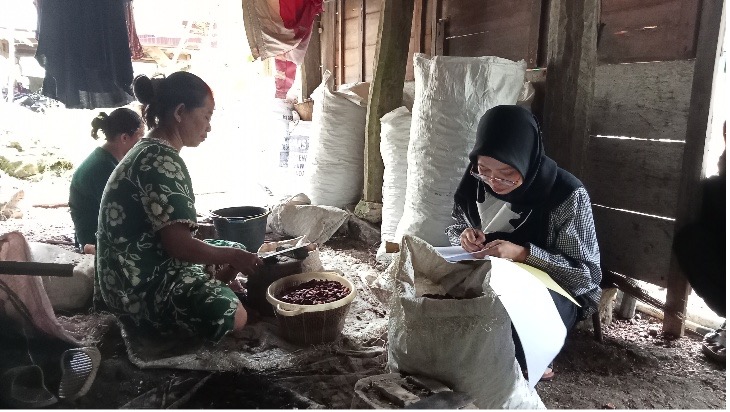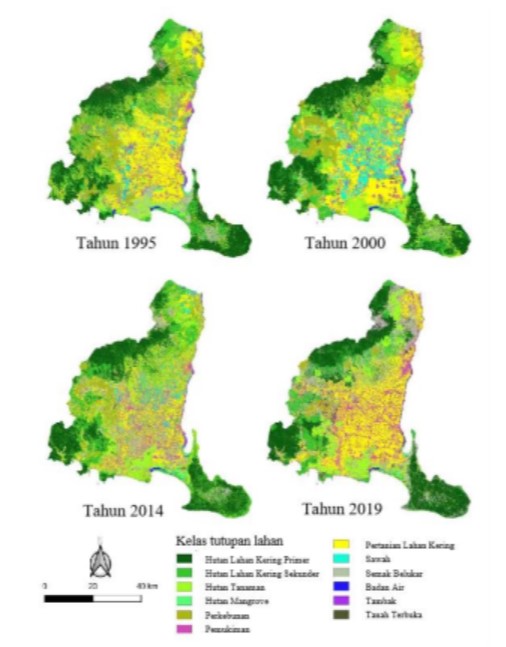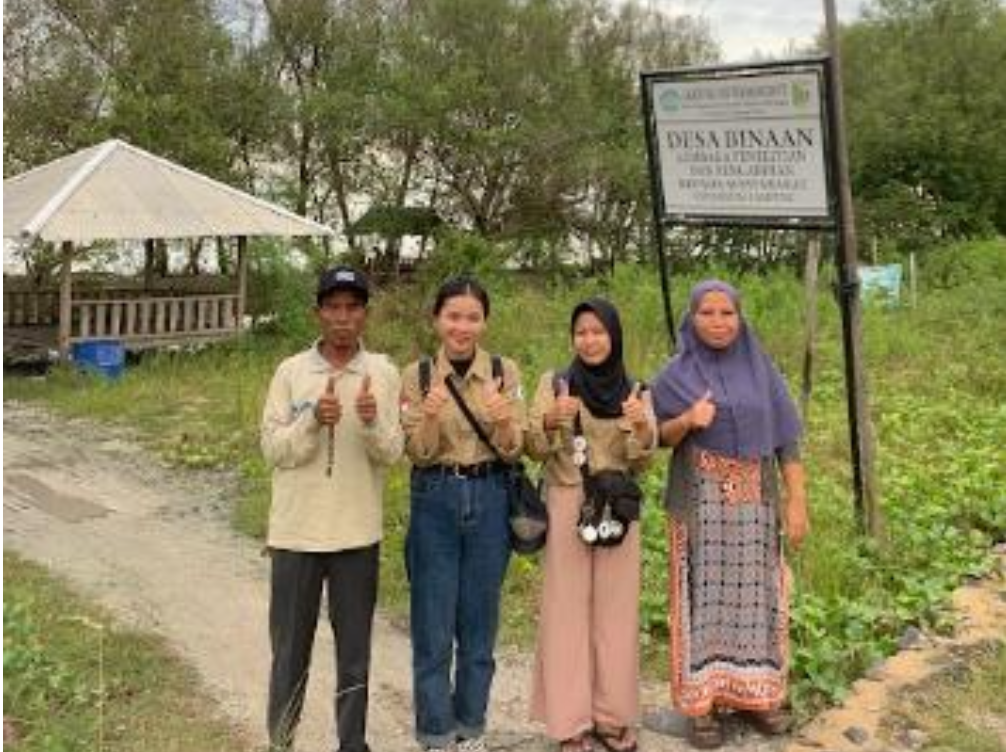Perception and Adaptation of Coastal Community Toward Climate Change at Sarawet Village of North Minahasa Regency
Abstract
Climate change is difficult phenomenon to be understood by ordinary community. Whereas perception and knowledge of climate change will influence mitigation and adaptation, which can decrease risks of climate change impact. The research aims to find out community’s perception about climate change and adaptation efforts which have been done by communities of Sarawet Village at North Minahasa Regency. Perception and adaptation data were obtained through interview and focus group discussion. The result shows that 96.67 % of community has experienced the symptoms and impacts of climate change, which perceived as extreme season or the shift of rain and drought season. The most perceived climate change impacts are crop failure, less income from agriculture and drought. This perception indicates a lack of environmental and forestry information. The adaptation efforts that have been done by the community include change plant species that need lack water as well as fulfill needs of clean water from the central well and utilize springs from upstream. Based on SWOT analysis An appropriate strategy to encourage adaptation in Sarawet village is done through increasing the adaptive capacity of the community.
Copyright (c) 2019 Jurnal Wasian

This work is licensed under a Creative Commons Attribution-NonCommercial 4.0 International License.
Copyright and License
All articles published in Wasian Journal are the property of the authors. By submitting an article to Wasian Journal, authors agree to the following terms:
-
Copyright Ownership: The author(s) retain copyright and full publishing rights without restrictions. Authors grant the journal the right to publish the work first and to distribute it as open access under a Creative Commons Attribution 4.0 International License (CC BY 4.0).
-
Licensing: Articles published in Wasian Journal are licensed under a Creative Commons Attribution 4.0 International License (CC BY 4.0). This license allows others to share, copy, and redistribute the material in any medium or format, and adapt, remix, transform, and build upon the material for any purpose, even commercially, provided that proper credit is given to the original author(s) and the source of the material

This work is licensed under a Creative Commons Attribution 4.0 International License. -
Author's Rights: Authors are permitted and encouraged to post their work online (e.g., in institutional repositories or on their website) prior to and during the submission process, as it can lead to productive exchanges and greater citation of published work.
-
Third-Party Content: If your article contains material (e.g., images, tables, or figures) for which you do not hold copyright, you must obtain permission from the copyright holder to use the material in your article. This permission must include the right for you to grant the journal the rights described above.
-
Reprints and Distribution: Authors have the right to distribute the final published version of their work (e.g., post it to an institutional repository or publish it in a book), provided that the original publication in Wasian Journal is acknowledged.
For the reader you are free to:
- Share — copy and redistribute the material in any medium or format for any purpose, even commercially.
- Adapt — remix, transform, and build upon the material for any purpose, even commercially.
- The licensor cannot revoke these freedoms as long as you follow the license terms.
Under the following terms:
- Attribution — You must give appropriate credit , provide a link to the license, and indicate if changes were made . You may do so in any reasonable manner, but not in any way that suggests the licensor endorses you or your use.
- No additional restrictions — You may not apply legal terms or technological measures that legally restrict others from doing anything the license permits.
Notices:
You do not have to comply with the license for elements of the material in the public domain or where your use is permitted by an applicable exception or limitation .
No warranties are given. The license may not give you all of the permissions necessary for your intended use. For example, other rights such as publicity, privacy, or moral rightsmay limit how you use the material.
Most read articles by the same author(s)
- Nurlita Indah Wahyuni, Abdul Wahid Hasyim, Soemarmo Soemarmo, Dynamic of the Land Use and Land Cover Change in Banyuwangi Regency From 1995-2019 , Jurnal Wasian: Vol. 8 No. 2 (2021): December
- Nurlita Indah Wahyuni, Yermias Kafiar, Species Composition and Structure of Secondary Forest at Nunuka, North Bolaang Mongondow , Jurnal Wasian: Vol. 4 No. 1 (2017): June
- Diah Irawati Dwi Arini, Isdomo Yuliantoro, Perception of Local Community of Pinogu Toward Forest and Its Utilization , Jurnal Wasian: Vol. 6 No. 2 (2019): December
- Supratman Tabba, Nurlita Indah Wahyuni, Hendra Susanto Mokodompit, Composition and Structure of Tiwoho Mangrove Vegetation at Bunaken National Parkional Park (Komposisi Dan Struktur Vegetasi Mangrove Tiwoho di Kawasan Taman Nasional Bunaken) , Jurnal Wasian: Vol. 2 No. 2 (2015): December

